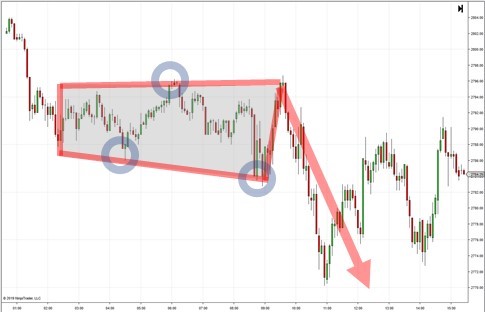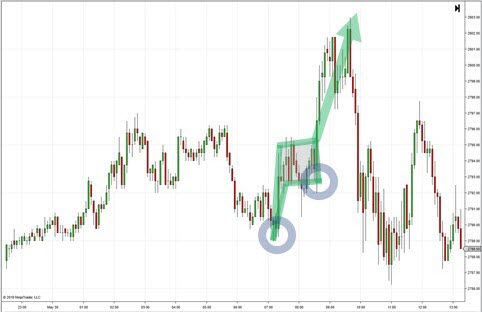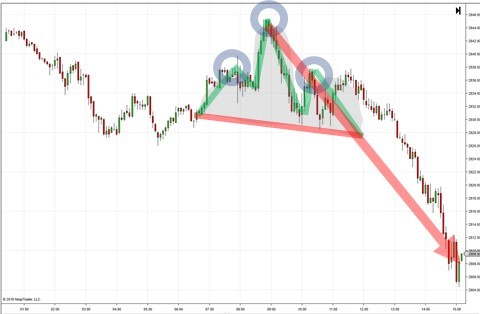
-
3 years ago
-

0
-

Cryptomining
Introduction
In today’s world, cryptocurrencies have become a central topic of interest partly due to the extreme volatility of Bitcoin, the flagship cryptocurrency. Apart from buying and selling cryptocurrencies, consumers are actively involved in cryptomining, which is the process of new digital currency creation.
The system essentially relies on a network of peers – hundreds of computers – to audit each transaction. This means that the network of computers has to agree that a transaction is legitimate before it’s deemed a “block” and added to the blockchain.
Reliability of Mining Cryptocoins
Cryptocoin mining or cryptomining can garner a small income of perhaps one or two dollars per day. Cryptocoins such as Litecoins, Dogecoins and Feathercoins are easily accessible for everyone to mine. If done properly, a person can recover $1000 in hardware costs in around 18–24 months. So, it is a good option to consider as a hobby venture.
However, as a second source of income cryptocoin mining is not a secure way to make substantial money for most persons. The profit from mining cryptocoins can only become considerable when you can invest $3000–5000 in upfront hardware costs for which the return could be $50 per day or more.
What to Expect
If you want to earn a substantial sum as a secondary income, it is better to buy cryptocoins with cash instead of mining them. You can then store them with the hope that their value will leap like gold or silver bullion. Alternatively, if you want to make only a few digital bucks and then spend them, you could do that in a slow manner with mining.
Now, there are slim chances of your chosen digital currency jumping in value like Bitcoin. However, in case this happens, you will be able to earn thousands of dollars in cryptocoins.
How Cryptocoin Mining Works
Blockchain
Mining of cryptocurrencies takes place through blockchain. It is a decentralised public ledger that contains a record of every transaction carried out in that cryptocurrency. Blockchain supports almost all cryptocurrencies.
The various transactions are assembled into “blocks” which are then verified to make sure that they are legitimate to be used by cryptocurrency miners. Checks are made to ensure that the same coin has not been spent again before the transaction is cleared. Input and output expenses also need to tally. Thereafter, the next cryptocurrency block is joined to it. This process leads to the creation of cryptocurrencies and making of new cryptocoins.
Mining of New Blocks
Network nodes gather every transaction executed with a cryptocurrency to create a new block. These network nodes are called “miners”. Each time a great number of transactions is amassed into a block, they are affixed to the blockchain. Then, the person who appends that blockchain gets rewarded with some of that cryptocurrency.
Calculation of Hashes
The successful creation of a block is accompanied by a cryptographic hash satisfying certain requirements. A hash matching the correct criteria can be found by calculating the maximum number of hashes and waiting till there is a matching hash. When the right hash is found, a new block is formed and the miner who found it is awarded with units of cryptocurrency.
It is similar to a competition where you have to guess the number of sweets in the jar. However, there are unlimited guesses in this case and the first person to submit the correct answer is the winner. The more speedily you can make guesses, the higher your chances of winning.
Drawbacks of Cryptomining
- 1. In cryptocurrency mining, the miners compete against each other to calculate as many hashes as possible. They do this to increase their chance of being the first one to guess the correct number of hashes, form a block and get the payout of cryptocurrency.
- 2. As every block of cryptocurrency becomes harder to mine, it becomes increasingly difficult to calculate hashes. This makes sure that the rate of new block creation is steady.
- 3. Many cryptocurrencies have a finite limit on the units that can be generated. For example, there will only be 21 million Bitcoins in the world.
Requirements of Cryptomining
As a greater number of people have entered the cryptomining market, the hardware necessary has also become high–end. You need the following for cryptomining:
- A coin wallet: This is a free private password–protected database that stores your earnings and keeps a network–wide record of transactions.
- A free mining software package: This conventionally contains cgminer and stratum.
- Membership in an online mining pool: You want to belong to a community of miners who pool in their computers to strengthen profitability.
- Membership at an online currency exchange: This is where you can exchange cash for cryptocoins and vice versa.
- A computer customised for mining: A separate computer dedicated to mining is ideal as you will not be able to use the computer while the miner is running. It is better to avoid a laptop or handheld device to mine.
- A full–time speedy internet connection: Net connectivity of 2 megabits per second or higher speed is needed.
- An ATI graphics processing unit (GPU) or ASIC chip: This is a specialized processing device which costs $90 for a used GPU or ASIC chip to $3000 for a new one. It provides accounting services and mining work.
- A cool space and house fan: You want your hardware setup in a cool, air–conditioned space. Also, as mining emits considerable heat, cooling the hardware is crucial.
- Desire to learn: You must have the appetite for continuous learning to keep up with technological advances for achieving the best coin mining results.
With the Bitcoin boom, many companies and groups have begun to invest seriously in cryptomining. Large companies today are trying to mine new units of Bitcoin, Litecoin and Ether. Though cryptocurrency mining involves substantial money, it is a huge attraction for investors interested in cryptocurrency. So, if you are technologically savvy, it is worth giving cryptomining a shot.
Source Links:
https://www.lifewire.com/cryptocoin–mining–for–beginners–2483064
http://www.itpro.co.uk/digital–currency/30249/what–is–cryptocurrency–mining
https://www.investopedia.com/tech/how–does–bitcoin–mining–work/
Browse Categories
Featured Posts
 3 years ago
3 years ago
Cypher Pattern
 3 years ago
3 years ago
Crab Pattern
 3 years ago
3 years ago
Butterfly Pattern
 3 years ago
3 years ago
Bat Pattern
 3 years ago
3 years ago
ABCD Pattern
 3 years ago
3 years ago
The Rectangle Pattern
 3 years ago
3 years ago
Triangle Patterns
 3 years ago
3 years ago
Flag Pattern
 3 years ago
3 years ago
Double and Triple Pattern
 3 years ago
3 years ago
The Cup with Handle Pattern
 3 years ago
3 years ago
The Head-and-Shoulders Pattern
Popular Posts

The Cup with Handle Pattern
3 years ago
Five O (or 5-0) Pattern
3 years ago
Crab Pattern
3 years ago